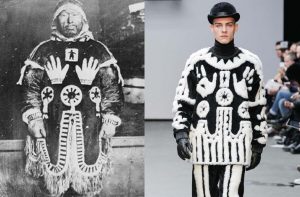- The Project of Heart
The “Project of Heart” is an in inquiry based, hands-on, collaborative artistic journey of seeking the truth about the history of Aboriginal people in Canada. The purpose is to: examine the history and legacy of residential schools in Canada, acknowledging the loss of former students, commemorate the lives of the thousands of children who dies as a result of the residential school experience, and call Canadians to action through social justice endeavours.

The Project of Heart acknowledges the families and communities whom those children belonged to. Originally, this website was designed to bring awareness, but as it has evolved, this is a tool used to educate all Canadians about the history and legacy of this crime and tragedy.
This resource was created for: teachers who want to know the truth and inspire their own students to speak the truth and take a positive action in society, families who want to become more aware, and anyone who wants to know the truth behind the reality that Aboriginal people are faced with today and to work together to make a difference NOW.
Below is a link to the resource section: Click here
- BC Aboriginal Student Scholarships
There are over 60,000 students in BC’s school system who self-identify as being Aboriginal (First Nations, Métis or Inuit) ancestry. Recognizing that our students are our future, Aboriginal Education seeks to: improve the success of these students, support all students learning about Aboriginal peoples, and help teachers in their efforts to bring Aboriginal knowledge into their teaching practice. I’m not sure how many of us are high-school teachers, but below are some scholarship opportunities provided to Aboriginal students.
- Aboriginal Learning Links
- Post-Secondary Student Support Program
- Health and Science Career Promotion Grants
- BC Aboriginal Student Award
- Aboriginal Multi-Media Society: BC Scholarships
- Métis Nation British Columbia
- New Relationship Trust: Funding for Students
- Art & Design Scholarships & Funding
All information can be found on the British Columbia Education webpage under the Aboriginal Education tab.

